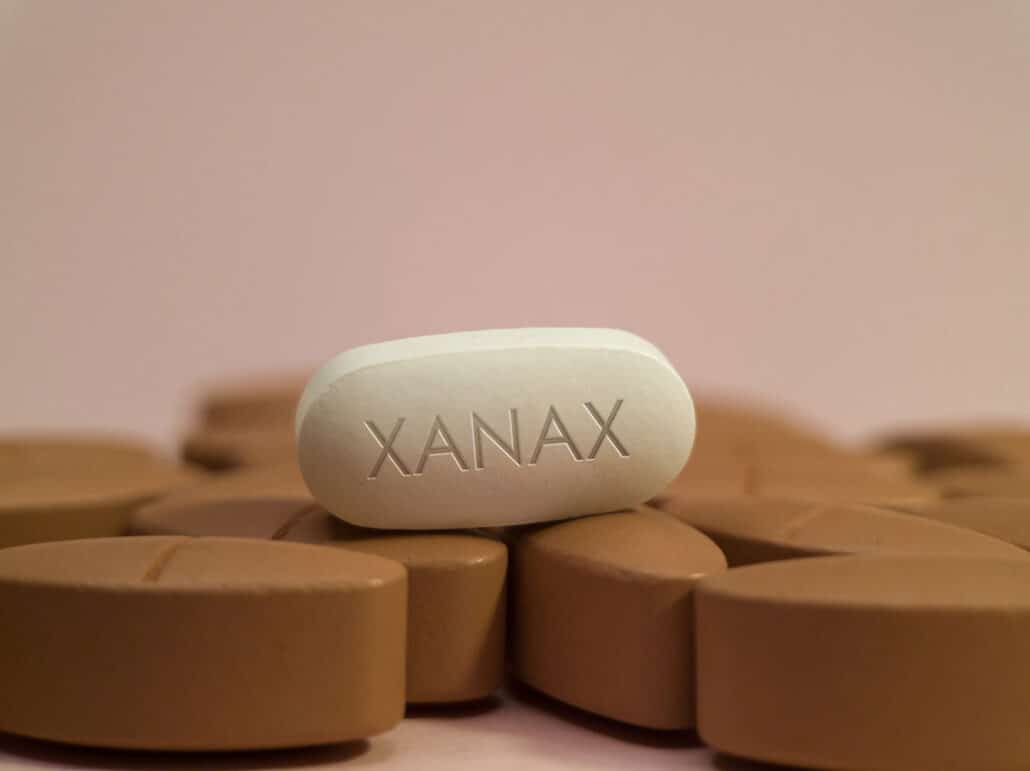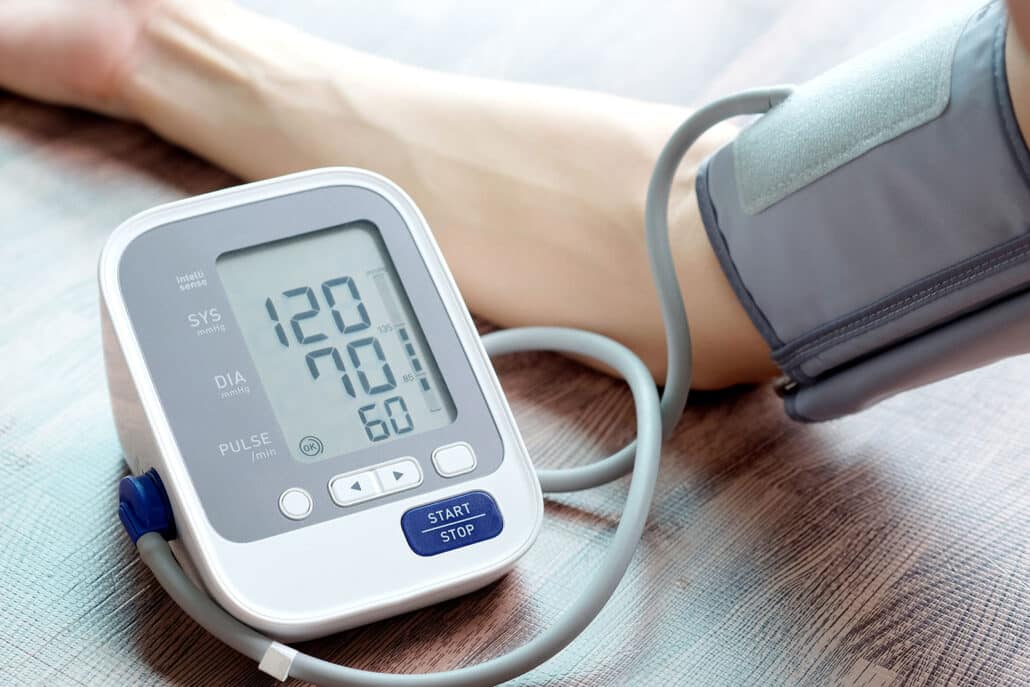Xanax is a popular anxiety medication known for its ability to induce feelings of calm and tranquility, sometimes even drowsiness if taken in large enough doses.
It’s also used to treat panic and anxiety disorders by stabilizing the heart rate. This might lead some to wonder: Does Xanax lower blood pressure?

The quick answer is yes. Xanax significantly slows down brain activity, allowing you to feel less stressed. Since your brain controls the rest of your body, your blood pressure will also drop!
In today’s article, we’ll tell you everything you need to know about how Xanax works and how it affects blood pressure. We also have some essential tips you need to consider before taking the medication.
Let’s jump in.
Table of Contents
Does Xanax Lower Blood Pressure?
Xanax is an anxiolytic and a mild tranquilizer. Additionally, it lowers blood pressure!
It’s true that anxiety and stress don’t result in long-term hypertension. However, severe stress might cause your heart to beat faster, resulting in a sudden rise in blood pressure.
Additionally, when you panic, your brain activates its fight or flight response, causing blood pressure levels to spike. Even low levels of stress that last for prolonged periods might contribute to increased blood pressure.
So, it’s no surprise that Xanax might be considered a mild antihypertensive.
How Does Xanax Lower Blood Pressure
The active substance in Xanax is alprazolam. This chemical is a GABA receptor agonist. In simpler terms, it enhances brain receptors, allowing you to feel more relaxed.
Then, once your nervous system slows down, so will the rest of your body. The fight-or-flight response that occurs when you’re anxious or stressed disappears, and your blood pressure and heart rate return to normal.
In large doses, Xanax might cause blood pressure levels to drop significantly. Yet, this only lasts for a short time.
Xanax might also cause orthostatic hypotension, which is a drop in blood pressure levels when you stand up suddenly. Consequently, older people, or anyone at risk of falling, are advised not to take Xanax without supervision.

Can Xanax Help Treat Hypertension?
While Xanax can lower your blood pressure for a short period, it won’t completely treat hypertension.
In fact, Xanax doesn’t even act on the blood vessels or the heart. So, it’s not considered the go-to treatment for those suffering from chronic hypertension.
Additionally, the FDA only indicates that Xanax is for treating anxiety and panic disorders. However, there’s no approval for Xanax as an antihypertensive medication.
Having said that, stress episodes can greatly increase the risk of hypertension and heart disease. Thus, Xanax might be an excellent option for managing stress for people with pre-existing heart conditions.
What You Should Know Before Taking Xanax
Xanax is a controlled medication, which means you can’t take it without a doctor’s prescription. So, it’s important to educate yourself about this controlled drug and what to expect when taking it.
Side Effects
Like all drugs, Xanax has a number of side effects. Since this medication acts on the brain, the adverse effects might be difficult to describe and intense.
It’s important to understand that side effects can change according to the dose. Additionally, different people can have different reactions to this medication. So, you might experience distinct effects depending on your age, sex, and other medications you’re taking.
Here are some side effects of Xanax:
- Mood swings
- Fatigue
- Headaches
- Nausea
- Inability to concentrate
- Poor coordination
- Changes in appetite
Dependency
Xanax is a highly addictive drug that makes people feel calm and relaxed, which is why they keep taking it. Another reason is that your brain can get hooked on Xanax in as little as three to six weeks!
As if that wasn’t enough, Xanax gives its desired effect rapidly, but the effect goes away just as fast. So, the chances of experiencing unpleasant side effects increase, especially for people who take high doses.
As a result, many individuals find themselves abusing Xanax to experience its calming effects. Some may even take it to alleviate uncomfortable withdrawal symptoms.
These symptoms can begin after only 24 hours of taking the last dose and can last for weeks. They include the following:
- Panic attacks
- Anxiety
- Sleeping problems
- Sweating
- Seizures
- Loss of appetite
- Tremors
- Muscle spasms

Frequently Asked Questions
Here are the answers to some questions you might have about Xanax and blood pressure:
Can I take Xanax when my blood pressure is low?
Can Xanax raise blood pressure?
Can I take Xanax with blood pressure medication?
Conclusion
Does Xanax lower blood pressure?
Yes, Xanax can lower blood pressure in some cases by relaxing the body and slowing circulation, but it doesn’t directly treat high blood pressure. Blood pressure medications, on the other hand, work specifically to reduce blood pressure by targeting the heart, blood vessels, or kidney function to improve circulation and directly lower blood pressure.
Additionally, doctors only prescribe it for anxiety and panic disorders. So, if your anxiety significantly impacts your blood pressure, it might help.
However, this controlled substance has no significant impact when it comes to the treatment of high blood pressure. Its numerous side effects and withdrawal symptoms also prevent it from being used in treating this long-term condition.
Published on: 2023-03-07
Updated on: 2025-03-13

